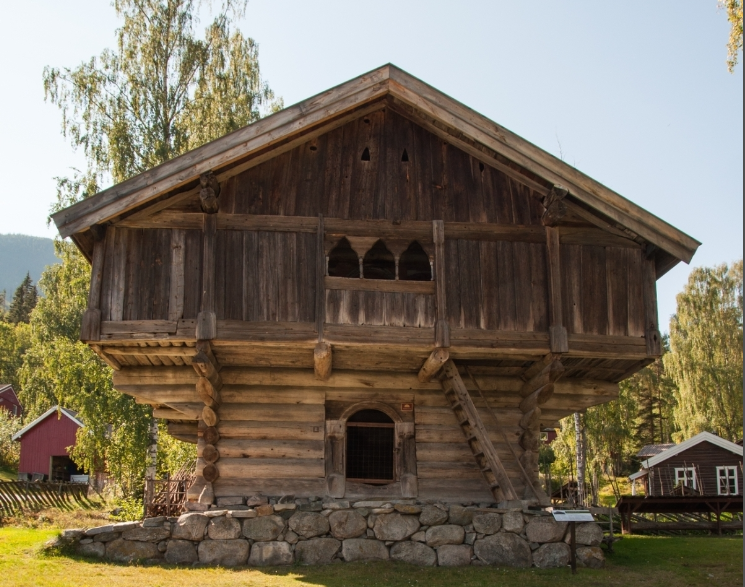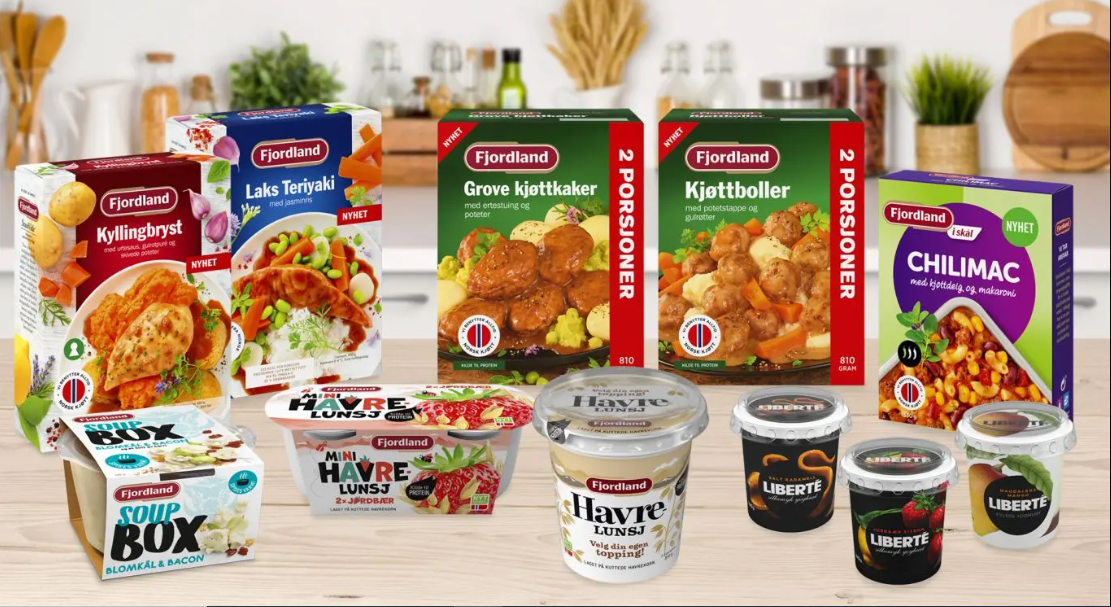Neither poor advice nor poorer health seem to prevent Norwegians from buying more and more ready-made food. Now being bought in such large quantities that it is actually attracting international attention.
It is the niche newspaper International Supermarket News (ISN) that on Saturday has a report about the increase in sales of ready-made food in Norway.
NORWAY. A noticeable increase in the sales of ready meals in supermarkets
The newspaper lists a number of reasons for this increase, we look at the reasoning and comment:
Convenience: Ready meals offer a convenient and time-saving solution for individuals and families with busy lifestyles. With more people balancing work and personal commitments, the demand for quick and easy meal options has increased.
Certainly an important factor, but it cannot be said to be healthy and smart. More on that below.
Changing demographics: Norway, like many other countries, has experienced demographic shifts, including an increase in one-person households and families with two incomes. These demographic changes have contributed to the demand for smaller portion sizes and convenient meal solutions that can be easily prepared.
My mother was a farmhand, mostly alone with six boys and six or seven cows that had to be milked by hand morning and evening. Nevertheless, she found time to take us boys on harvesting sessions of berries of all kinds, not just currants and blackcurrants from the garden. The berries were pickled and juiced and put in a cabinet in the cellar, along with her own canning; meat pies and other snacks preserved in large Norwegian glasses for good family dinners throughout the long winter. Potatoes and other root crops from the own farm were also taken care of in the food cellar. Hams from home-slaughtered pigs were left to mature in the storehouse.
How the mothers of the time managed to do everything that needed to be done is a mystery, not only to me, but also to a gardener and zealot in the local rural women’s team I met a few years ago. When I was asked why there were only a few old toilers who turned up for a charity, I got this answer:
Today’s parents complain that they have too little time for everything, but I myself had a job in the municipality as well as taking care of the barn. The old man also had a full-time job alongside ploughing, harrowing, sowing, mowing and harvesting. At the same time, we raised three children. This was the case for many, but nevertheless it was always full at the meetings and events of the village women’s team. Nowadays, nobody has time for that kind of thing…

A storehouse, such as the Staveloftet from Søre Ål, was the emergency storage of the time. The stable was built in timber in 1340 and today is a museum. Photo: Hallingdal museum / Digital museum
Product innovation: The convenience food industry has responded to consumer demand by expanding its product offerings. Ready Meals now includes a wider range of cuisines, dietary options (such as vegetarian, vegan and gluten-free) and healthier options with reduced sodium or organic ingredients. This product diversification has attracted a wider consumer base.
Quality and taste: The ready-made food manufacturers have made significant improvements in the quality and taste of their products. There is a greater emphasis on using high-quality ingredients, ensuring freshness and recreating authentic flavours, which has increased consumer satisfaction and encouraged repeat purchases.
Retailer strategies: Norwegian retailers have recognized the growing demand for ready meals and have responded by expanding their range of ready meals. They often offer a variety of options in their stores, including both national and international brands, catering to different taste preferences and dietary needs.
School is no longer a learning arena
Home economics was a separate subject in the Norwegian school until it was reformed from the 2006/07 school year with the so-called Kunnskapsløftet.
Even before that time, bad municipality. and school economics turned the introduction to cooking into a theoretical exercise, where the schoolchildren had to practise mixing eggs, flour and sugar in order to make buns. Now every other child has some allergy and/or quasi-socio-cultural justification for not eating this and that food. But at Maccern they all go together.
Obesity is the biggest threat to children and young people’s health, the WHO has stated in a report. In Norway, 19% of all eight-year-olds are overweight. Since the 1970s, the number of overweight and obese children has more than tripled. Obesity often starts in kindergarten and follows the child right into adulthood if nothing is done. Some of the main causes of the obesity epidemic are too much sitting and a poor diet. (RØRE-Viken)
RØRE is a public health and development project in school. Viken county council has received NOK 40.5 million from Sparebankstiftelsen DNB for the work with RØRE. The project ends in the 2024 school year.
This is a pittance compared to what the schools otherwise cost, how on earth they came up with that name, has not been provided. The intention is certainly good, but when the climate madness has sucked out all the oxygen from sedentary politicians in MDG-ruled Oslo to the extent that they want to serve meat-free food in kindergartens, it is, sticking to the terminology, rather lean food .
Ready-made food is dangerous to health
The supermarket newspaper adds that there is also an increased demand for more healthful and nutritious products. Is it then a good idea to buy processed food at the increasingly impersonal, not to say tasteless, chain stores.
NRK had an important article in this regard last summer:
The results showed that children aged 3–5 years, who had a high intake of ready-made food, had poorer motor skills than others. At the age of 15, the researchers also saw that the young people were in poorer physical shape.
Healthy eating habits and keeping the body in good physical shape often start at a very young age. Our findings point to the need to teach families how to cost-effectively reduce the use of ultra-processed foods, says Vernarelli.
Although the pantry is a thing of the past as emergency storage, it is still possible to prepare ready meals from scratch. Although not everyone can bear to harvest from forests and fields, of course raw materials purchased from supermarkets or farmers’ markets are also sufficient.
Then your homemade ready meal, can then be frozen for a day when you take your wife and children on a trip out into the open air!

